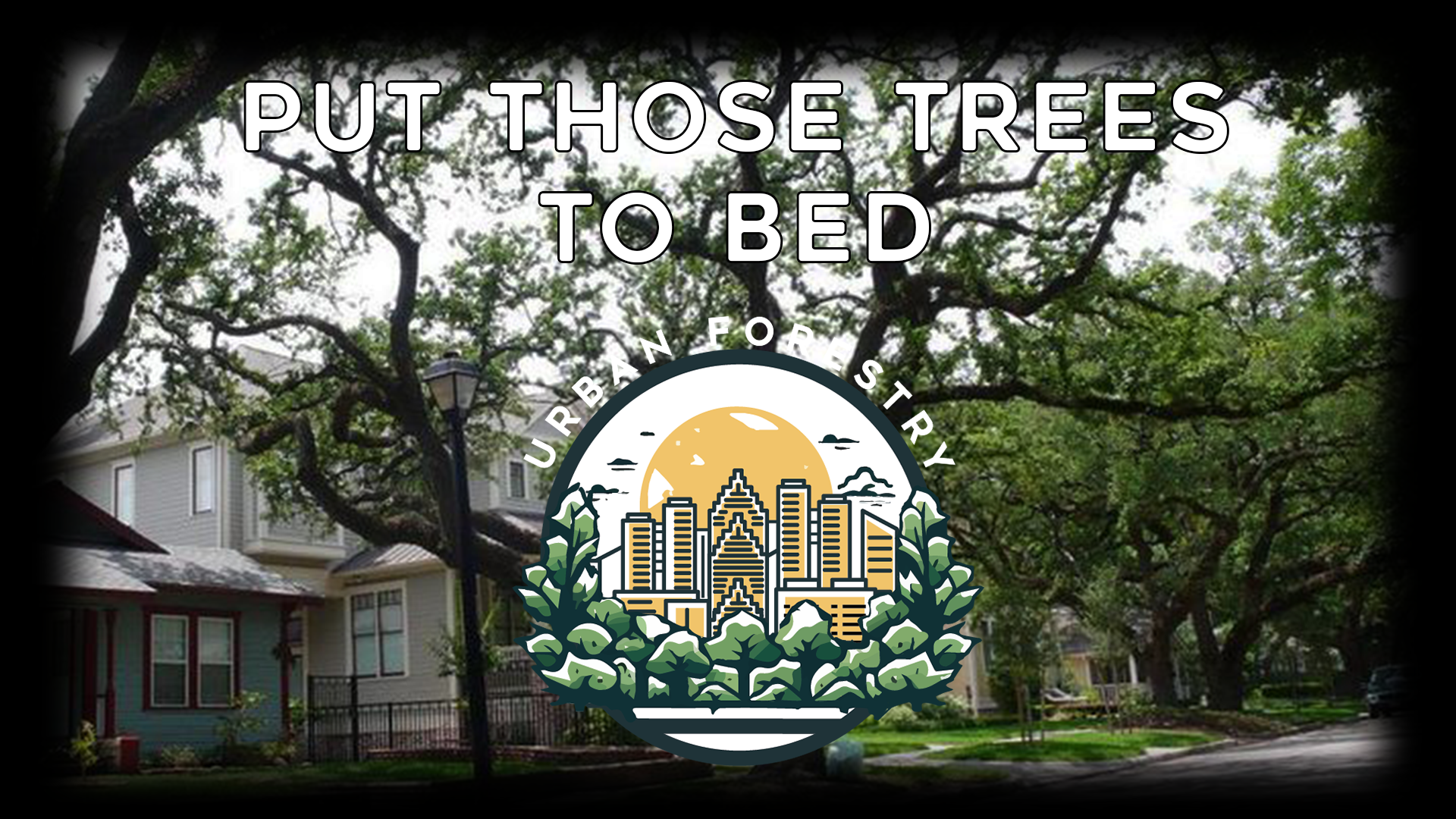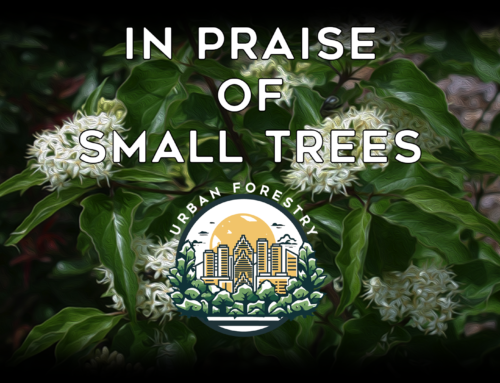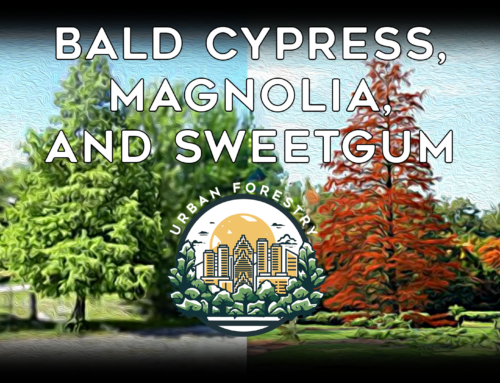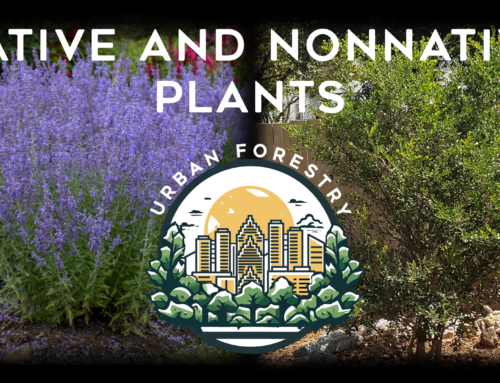This is the start of a series of very short articles pertaining to our Heights area trees and forest canopy. It will be written simply and in lay terms and attempt to avoid Latin names and too much jargon. General and simple will be its plan. This author makes no claim to having a great knowledge, just a lifetime of looking, growing, and studying trees.
Too often we cannot see the trees due to the forest. Is that an oak. pine, elm, cypress, good, bad, healthy, sick? Confusion sometimes makes us not notice the splendor before our eyes and we then take it for granted, giving us no sense of ownership and personal responsibility. Hopefully these writings will pique our interest and prompt us to become gourmands of our natural heritage and its great gifts to us all.
Put those trees to bed
At some point a tree comes home to be planted (later articles will discuss tree choices). There are some considerations to give it or, better yet, them a fighting chance. Please put your new friend into a growing bed, preferably edged and properly mulched as you would bedding plants or shrubberies. Transplanting a tree from a container or dug up with a root ball always results in an adjustment period. The tree will need time to regrow lost roots, adjust to different light, new surrounding soil, and the stress of its move. Try not to add the competition from grasses and the dangers of mowers and string trimmers. One of the nice benefits of planting in a bed is that one can buy trees in one to five gallon containers ( far less expensive) and give them the 2 or 3 years needed to catch up in size to the larger and pricey specimen plants which take many more years to adjust to transplanting. Small trees can seem lost in lawns and often damaged by mowers or foot traffic and beds provide better protection. Another benefit is that shallow rooted annuals can be planted in the bed around the new tree and provide a pretty interest whilst the tree takes shape. Later the bed can be converted over to shade tolerant plants if desired. Remember that even our most drought hardy natives will need watering at least weekly for the first 2 years. I also recommend daily watering for the first week in the ground so any air pockets will reveal themselves as the soil collapses around the root ball and any planting adjustments can be made easily with the soil being soft and moist. Just lightly spritz from the hose and count to 30 for each container grown tree. Enjoy watching your new woods grow to maturity and see it in all of its stages of life.






























